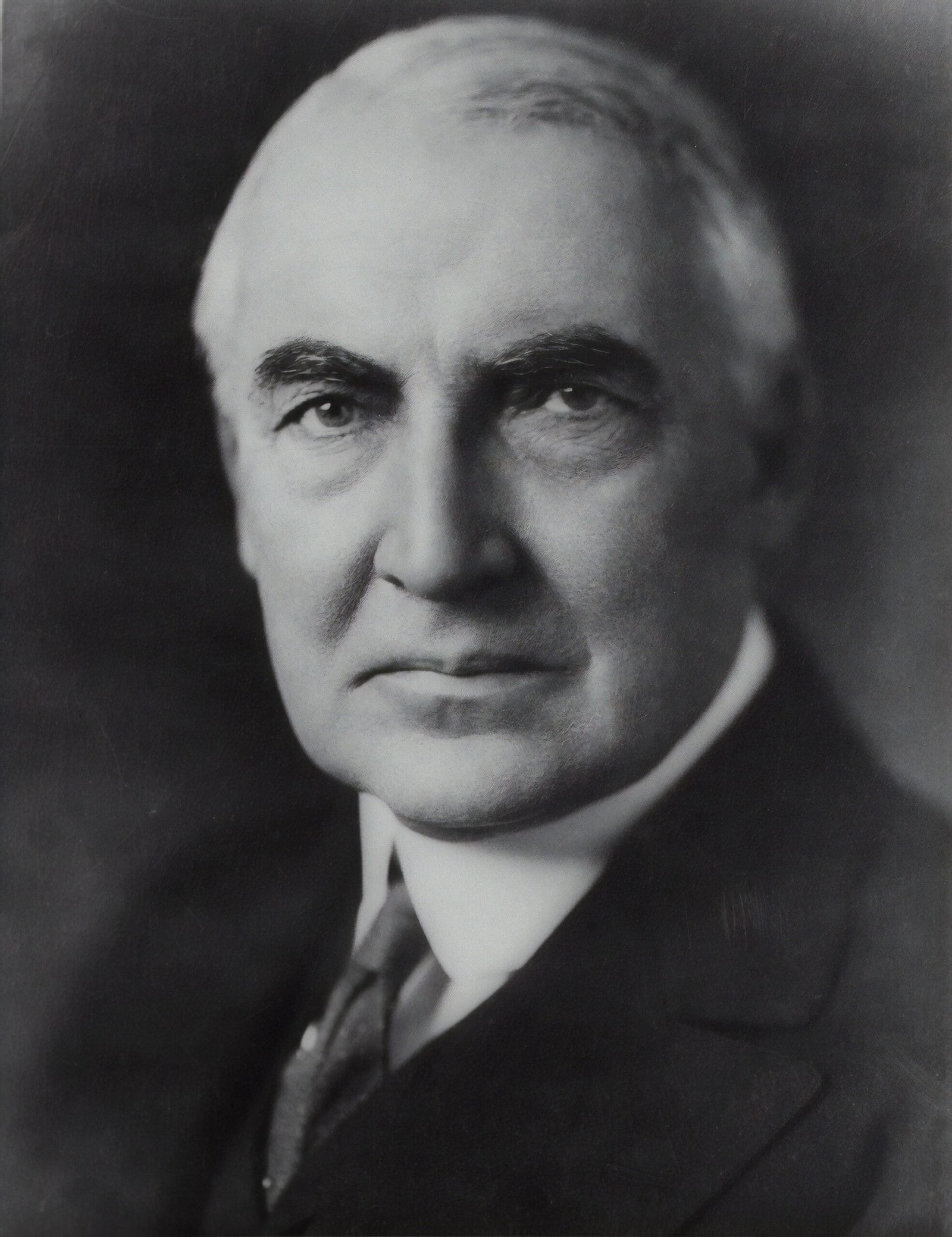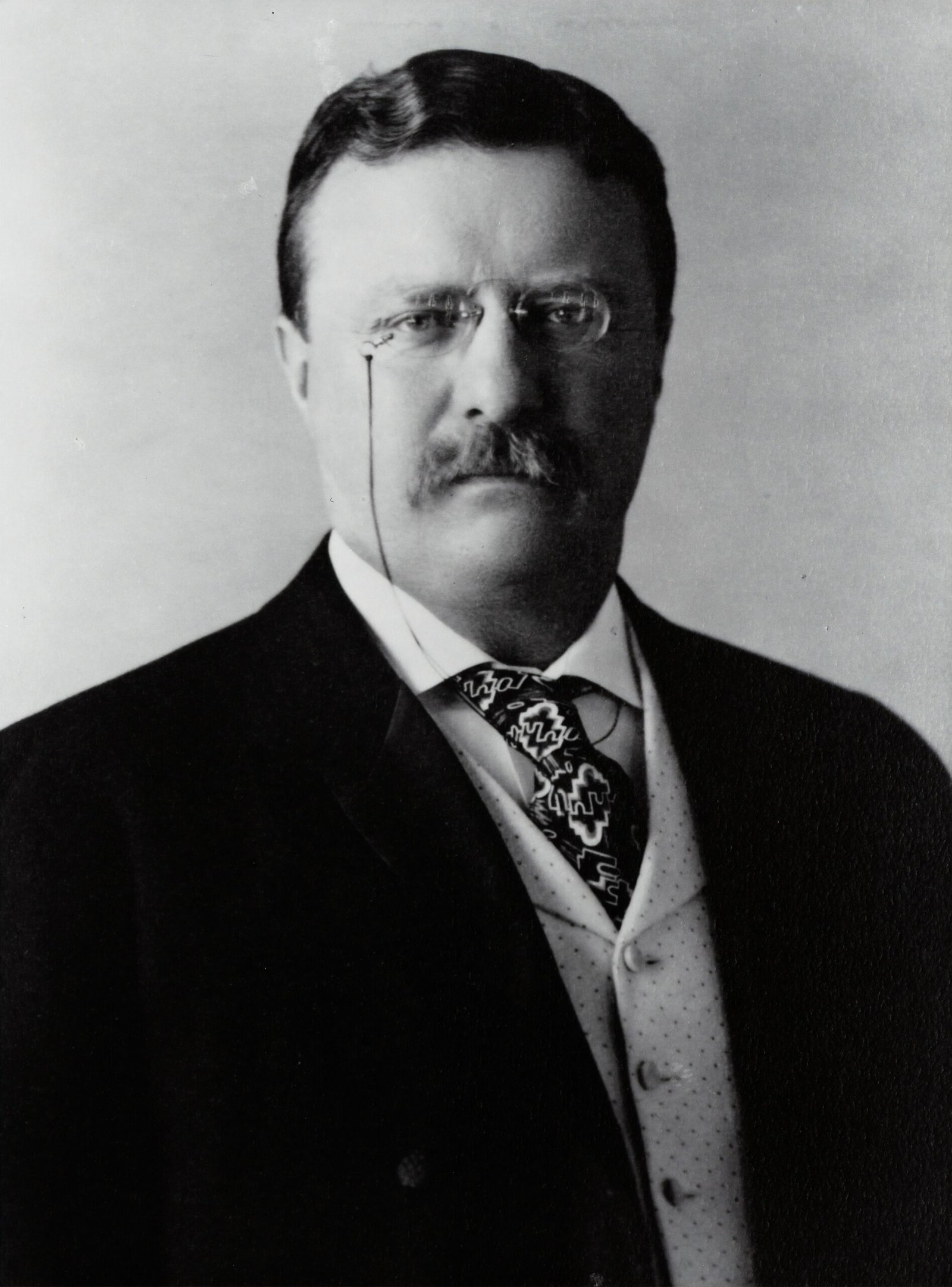Leadership plays a critical role in guiding individuals and teams to achieve their goals, whether in a family, business, or community context. However, many leaders struggle in their roles due to ineffective communication and a lack of understanding of how to motivate and support their team members. Good leadership, on the other hand, emphasizes the importance of personal relationships and mutual trust, creating a positive and productive work environment. In this article, we explore the insights of certified leadership trainer Kevin Wayne Johnson, who shares his expertise on how current and aspiring leaders can become the best they can be by cultivating strong personal relationships with those they lead.
Read more about the Latest Money News
Introduction
In today’s fast-paced and competitive business world, good leadership is crucial for the success and growth of any organization. A good leader not only guides and directs their team towards accomplishing goals but also establishes personal relationships with their members. By building personal relationships, leaders can create a positive and productive work environment where team members feel valued and motivated. In this article, we will explore the importance of good leadership and the role personal relationships play in effective leadership.
The Importance of Good Leadership
Defining Leadership
Leadership can be defined as the ability to influence and guide others towards achieving a common goal. It involves a combination of skills, qualities, and behaviors that help leaders inspire and motivate their team members.
The Role of a Leader
Leaders play a critical role in organizations. They set the vision and direction for the team, make important decisions, and ensure that goals are met. A leader also acts as a role model, setting an example for their team members to follow.
Impact of Leadership on Organizations
Good leadership has a significant impact on organizations. It can improve employee morale, increase productivity, and drive innovation. On the other hand, poor leadership can result in low employee engagement, high turnover rates, and a lack of organizational success.
Characteristics of Good Leadership
Good leaders possess certain characteristics that set them apart. These include excellent communication skills, emotional intelligence, the ability to inspire and motivate others, transparency, and integrity. They also prioritize the development and well-being of their team members.

Read more about the Latest Money News
Building Personal Relationships
The Power of Personal Relationships
Building personal relationships with team members is essential for effective leadership. When leaders take the time to know their team members on a personal level, trust and mutual respect are established. This leads to increased loyalty, commitment, and motivation among team members.
Connecting with Your Team
Leaders can connect with their team members through various methods, such as regular one-on-one meetings, team-building activities, and social events. They should also take the time to understand their team members’ strengths, weaknesses, goals, and aspirations.
Building Trust and Rapport
Trust is the foundation of any successful relationship, including the relationship between a leader and their team members. Leaders can build trust by being honest, reliable, and consistent in their actions. They should also be open to feedback and willing to admit their mistakes.
Importance of Active Listening
Active listening is a crucial skill for leaders to develop. By actively listening to their team members’ concerns, ideas, and feedback, leaders can gain valuable insights and demonstrate their genuine interest in their team’s well-being.
Showing Genuine Care and Interest
Leaders should genuinely care about their team members’ well-being and success. By expressing empathy, recognizing achievements, and providing support, leaders can create a positive and caring work environment that fosters loyalty and motivation.
Earning Mutual Trust
Building Trust through Transparency
Transparency is a key element in earning mutual trust between leaders and their team members. Leaders should be transparent in their communication, decision-making processes, and the sharing of relevant information. This creates a sense of openness and fairness among team members.
Consistency and Reliability
Consistency and reliability are essential for leaders to earn and maintain trust. Leaders should consistently demonstrate their commitment to their team’s success, follow through on their promises, and be reliable in their actions and decisions.
Being a Trustworthy Leader
Being a trustworthy leader means being honest, dependable, and accountable. It also involves being consistent in behavior, treating everyone with fairness and respect, and keeping confidential information confidential.
Rebuilding Trust after a Breach
If trust is broken between a leader and their team members, it is essential to take steps to rebuild it. This may involve acknowledging the breach, apologizing if necessary, and taking actions to prevent similar incidents from happening in the future. Open and honest communication is crucial during the trust rebuilding process.

Creating a Positive Atmosphere
The Impact of a Positive Work Environment
A positive work environment can significantly impact team performance, productivity, and overall job satisfaction. Leaders play a crucial role in creating and maintaining a positive atmosphere in the workplace.
Fostering Collaboration and Teamwork
Leaders should encourage collaboration and teamwork among their team members. This can be done by facilitating open communication, fostering a sense of belonging, and promoting shared goals and objectives.
Encouraging Open Communication
Open communication is vital for a positive work environment. Leaders should create opportunities for team members to share their thoughts, ideas, and concerns. They should also actively listen and provide feedback, ensuring that everyone feels heard and valued.
Promoting a Culture of Respect
Respect is the foundation of a positive work environment. Leaders should model respectful behavior and address any instances of disrespect promptly. They should also encourage team members to treat each other with respect and create a culture where diversity and inclusion are celebrated.
Managing Conflict and Difficult Situations
Conflict is a natural part of any working environment. Good leaders know how to manage conflict effectively, fostering resolution and understanding. By addressing conflict promptly and transparently, leaders can prevent it from escalating and creating a negative atmosphere.
Leading with Heart
Empathy and Compassion in Leadership
Empathy and compassion are essential qualities for leaders. By understanding and relating to their team members’ emotions, leaders can build trust, promote well-being, and create a supportive work environment.
Understanding Emotional Intelligence
Emotional intelligence is the ability to recognize, understand, and manage both one’s own emotions and the emotions of others. Leaders with high emotional intelligence can effectively navigate interpersonal relationships and make informed decisions based on empathy and understanding.
Showing Understanding and Support
Leaders can show understanding and support by actively listening to their team members, acknowledging their feelings and concerns, and offering assistance or resources when needed. They should be approachable and create a safe space for team members to express themselves.
Embracing Diversity and Inclusion
Inclusive leaders recognize and value individual differences, fostering an environment where diversity is celebrated. They promote equality, fairness, and respect for all team members, regardless of their background, identity, or beliefs.

Effective Communication
The Importance of Clear and Open Communication
Clear and open communication is crucial for effective leadership. It helps prevent misunderstandings, resolves conflicts, ensures alignment, and fosters trust and collaboration among team members.
Active Listening and Feedback
Active listening involves fully engaging with the speaker and understanding their perspective. Leaders should practice active listening and provide constructive feedback to their team members. This promotes understanding, strengthens relationships, and enhances communication effectiveness.
Non-Verbal Communication
Non-verbal communication, such as body language and facial expressions, can convey powerful messages. Leaders should be aware of their non-verbal cues and ensure that they align with their verbal communication. This helps in building trust and maintaining authenticity.
Adapting Communication Styles
Effective leaders adapt their communication style to suit the needs of their team members. They consider individual preferences, cultural differences, and other factors to ensure that their messages are understood. Adapting communication styles promotes engagement and minimizes misinterpretation.
Empathy and Compassion
Understanding the Importance of Empathy
Empathy is the ability to understand and share the feelings of others. It is a crucial quality for leaders as it helps them connect with their team members on a deeper level, understand their perspectives, and respond appropriately.
Developing Empathy as a Leader
Leaders can develop empathy by actively seeking to understand their team members’ experiences, perspectives, and emotions. They should practice putting themselves in others’ shoes, listen with an open mind, and respond with empathy and compassion.
The Role of Compassion in Leadership
Compassion involves showing kindness, understanding, and support towards others. Compassionate leaders not only understand their team members’ challenges but also provide assistance and resources to help them overcome those challenges. Compassion fosters trust, loyalty, and a sense of belonging.
Motivating and Inspiring
Understanding Individual Needs
Great leaders understand that each team member has unique needs, aspirations, and motivators. They take the time to understand these individual needs and tailor their leadership approach accordingly. By recognizing and addressing individual needs, leaders can motivate and inspire their team members.
Motivating through Recognition and Rewards
Recognition and rewards are powerful motivators in the workplace. Leaders should acknowledge and appreciate their team members’ achievements, both big and small. By providing meaningful recognition and rewards, leaders show that their team members’ efforts are valued and appreciated.
Setting Clear Expectations
Clear expectations are essential for team members to understand their roles, responsibilities, and performance criteria. Leaders should communicate expectations clearly and ensure that they are aligned with organizational goals and values. Clear expectations set the stage for success and motivation.
Providing Support and Guidance
Support and guidance from leaders are crucial for team members to thrive and grow. Leaders should provide resources, coaching, and feedback to help their team members overcome challenges and reach their full potential. By offering continuous support, leaders foster a sense of trust and loyalty.
Recognizing and Rewarding
The Importance of Recognition
Recognition is a powerful tool for leaders to motivate, engage, and retain their team members. When leaders recognize and appreciate their team members’ efforts and achievements, it reinforces a positive work culture and promotes a sense of pride and accomplishment.
Implementing a Rewards System
Implementing a rewards system can further enhance the impact of recognition. Leaders can design a rewards system that aligns with individual and team goals, promotes healthy competition, and recognizes exceptional performance. Rewards can be financial, non-financial, or experiential, depending on the organization and individual preferences.
Creating a Culture of Celebration
Leaders should foster a culture of celebration to acknowledge team successes and milestones. This can involve team-building events, social gatherings, or regular celebrations to recognize individual and team achievements. A culture of celebration strengthens team morale and motivation.
Leading by Example
The Influence of Role Modeling
Effective leaders lead by example, demonstrating the qualities and behaviors they expect from their team members. By acting as a role model, leaders inspire and motivate their team members to emulate their excellence and professionalism.
Consistency in Behavior and Values
Consistency is key when leading by example. Leaders should consistently demonstrate the values, behaviors, and work ethic they expect from their team members. This promotes trust, credibility, and a sense of shared values within the organization.
Being Accountable and Responsible
Leaders should hold themselves accountable for their actions, decisions, and outcomes. They should take responsibility for their mistakes and learn from them. By demonstrating accountability and responsibility, leaders inspire their team members to do the same.
Continuous Learning and Growth
Embracing a Growth Mindset
Good leaders have a growth mindset, constantly seeking opportunities for personal and professional development. They view challenges as learning opportunities, seek feedback, and are open to new ideas and perspectives. A growth mindset fosters continuous learning and growth within the organization.
Investing in Personal and Professional Development
Leaders should invest in personal and professional development not only for themselves but also for their team members. This can involve providing training, mentoring, coaching, and resources for skill enhancement and career advancement. By investing in their team’s development, leaders foster loyalty, engagement, and a high-performing culture.
Reflecting and Evaluating
Leaders should regularly reflect on their leadership style, effectiveness, and areas for improvement. They should seek feedback from their team members, peers, and mentors and use it to enhance their leadership abilities. Reflecting and evaluating allows leaders to grow and evolve continuously.
Conclusion
Good leadership is essential for the success and growth of any organization. By building personal relationships, earning mutual trust, creating a positive atmosphere, leading with heart, practicing effective communication, and promoting empathy and compassion, leaders can become the best leaders they can be. Continuously learning and growing, setting clear expectations, providing support and guidance, recognizing and rewarding achievements, and leading by example are key practices of good leadership. By prioritizing these aspects, leaders can inspire, motivate, and guide their team members towards greater success and fulfillment.











